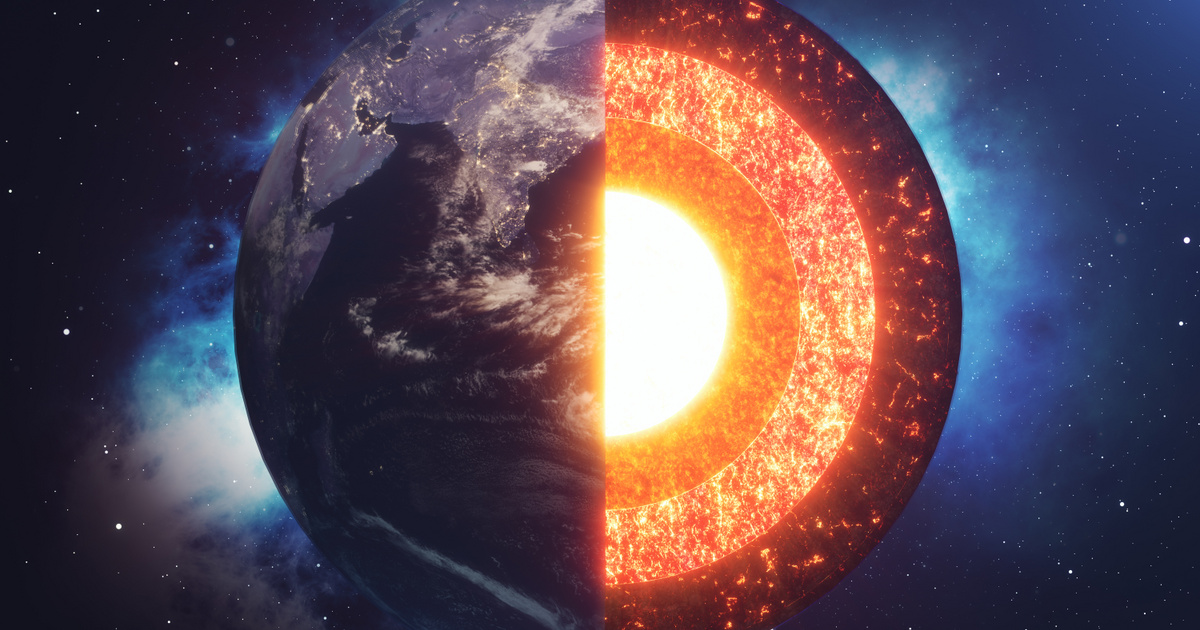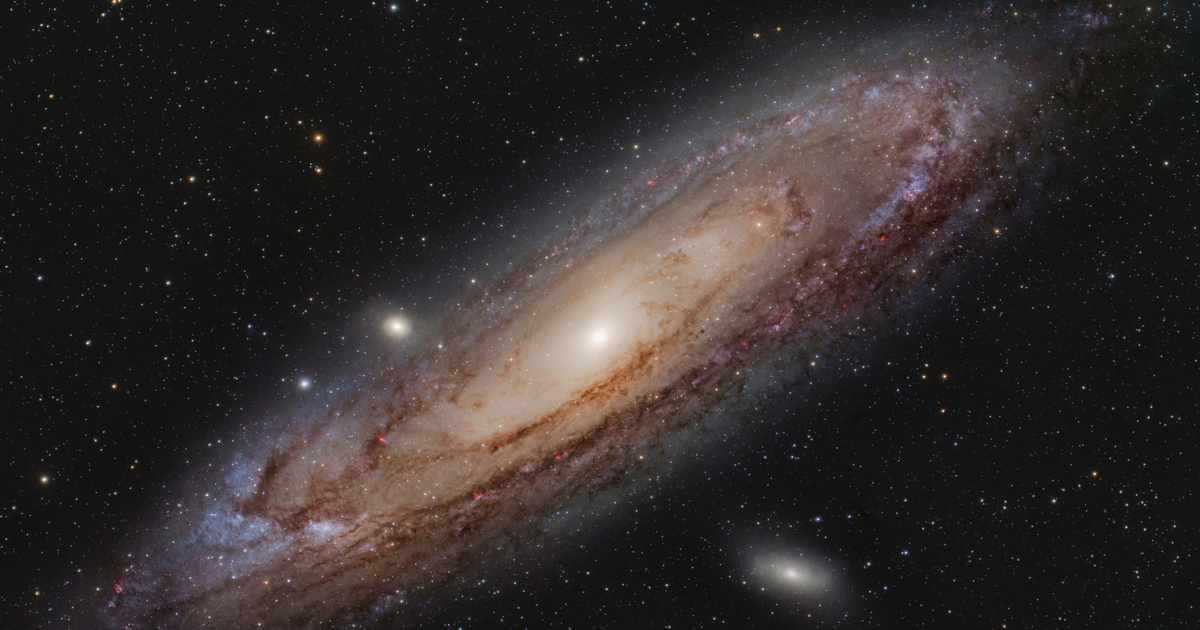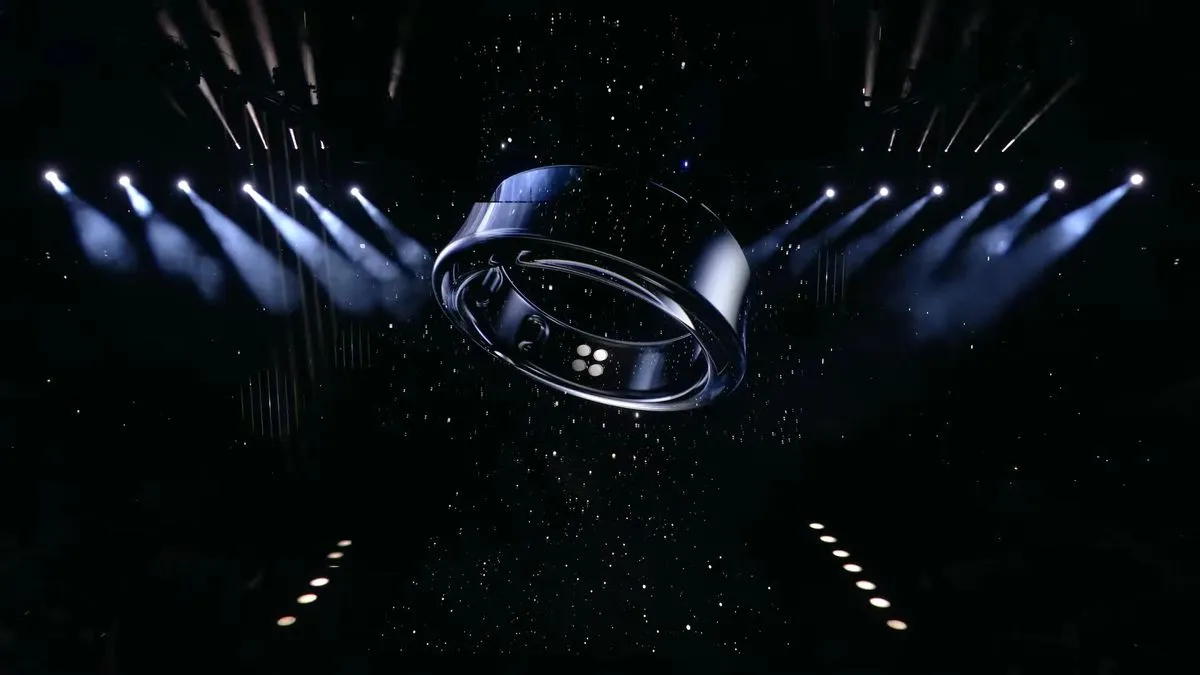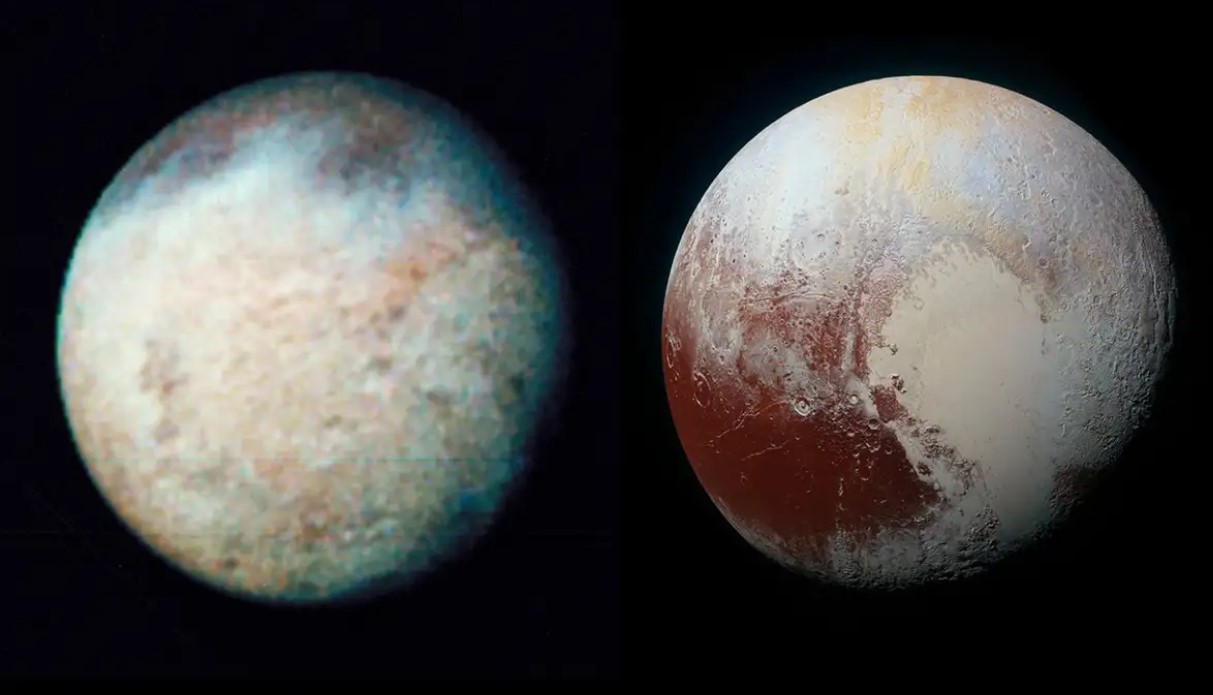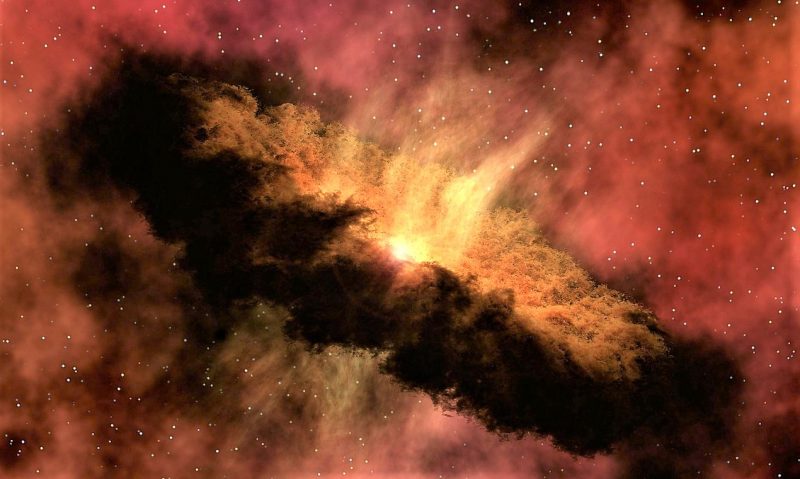The universe as we know it evolved after the Big Bang about 13.8 billion years ago. The universe has been expanding steadily and at an accelerating pace since the “Big Bang,” as evidenced by astronomical observations.
The “dark” secrets of the rapidly expanding universe
The complex problem of the expansion of the universe has been studied by cosmologists and theoretical physicists since Albert Einstein’s general theory of relativity, published in 1916. According to Einstein, gravity is the result of the curvature of space, and it follows that the universe is a finite but infinite entity.

Soon after publishing the general theory of relativity, in 1929, the American astronomer Edwin Hubble concluded from the redshifts of galaxies that stellar cities were moving away from each other at measurable speeds.

(The Doppler effect is a change in the frequency of a wave, and thus in its wavelength, that occurs because the source of the wave and the observer are moving relative to each other. As the galaxy moves away from the observer, the light spectrum emits shifts towards the red band.) Postulated Georges Lemaitre, a Belgian Catholic priest and professor. Physics, that if we extrapolated the expansion of galaxies to the past, there must be a moment when all the matter in the universe gathers together. a point.

In 1933, Lumet fully described his hypothesis,
That entered cosmology as the Big Bang theory.
In 1998, research by Samuel Perlmutter, Brian Schmidt, and Adam Risset revealed that the universe is expanding at an accelerating rate due to a force of unknown origin and the reversal of gravity, the so-called dark energy.

The dark energy that fills the entire universe has an anti-gravitational effect, that is, a negative pressure force.
There are two possible explanations for the origin of dark energy:
One is the cosmological constant, which is a constant energy density that evenly fills space, and the other is the essence, which in turn is a dynamic force field whose energy level can change in space and time.
Will time and space disappear, or will a new universe be born?
Paul Steinhardt, director and colleagues at Princeton University’s Center for Theoretical Science, Anna Egas, and Cosmin Andre, authors of a new study published in the American Academy of Sciences, PNAS, postulate that dark energy is not a static but a disappearing force.

Albert Einstein originally believed that a force called dark energy is constant.
This is why the universe continues to expand indefinitely.
According to competing essence theory, dark energy is not a constant but a variable energy field, which is not inconsistent with recent observations. “We asked the question whether the acceleration of the expansion of the universe will continue forever, and if not, what alternatives exist and when this process could be reversed,” said Paul Steinhardt, lead author of the study.

Steinhardt and colleagues based their model on available empirical data. It can be said that the researchers’ calculations led to an amazing result. Steinhardt and his group came to the conclusion that
that the antigravity effect of dark energy decreases with time,
Which, after a certain point, stops the expansion of the universe and begins a long process of contraction.

Even more shocking, this process, at least on a cosmic time scale, can happen so quickly. Model calculations show that the expansion will stop in 65 million years, and the universe will start shrinking in about 100 million years. “hBack 65 million years ago, the Chicxulub asteroid crashed, decimating the dinosaurs. On the cosmic scale, 65 million years is a particularly short periodPaul Steinhardt explained the relatively quick start of the process.

But what will happen at the end of the downturn? Researchers say there are two potential alternatives to this.
One is that the universe has been destroyed and space-time has ended.
Another possibility is that matter condensing back into one point will become another “Big Bang,” giving birth to another universe.
Pulsating or parallel universes
Hypothetically, the question of stopping the expansion has been raised before. The so-called “big crunch” is the analogue of the “big bang”. According to this, with the Big Bang, the Universe received only an initial impetus for expansion, which sooner or later will slow down due to dark energy, that is, the effect of antigravity.

When this happens, the gravitational force of matter begins to fall back into the universe on its own. The “Big Reccs” space-time graph is symmetric with respect to the stretch-time change sign, which means that the universe is shrinking to the same singularity as it was at the time of the “Big Bang”. What might happen next is still purely theoretical speculation for now. One alternative is to eliminate the universe and end spacetime. (Just as neither space nor time existed before the “Big Bang.”)

Another alternative is that the new singularity will become another “big bang” and the universe will be born again, going through the same process in which the old one was born and destroyed. This idea, called a pulsating universe, cannot exist, because the terms “new,” “old,” or “latest” imply a causal connection between past, present and future.

This, in turn, becomes meaningless in all singularities, because in the singularity – in any coordinate system – infinite mass and energy transcend all physical regularities, including causation, that is, causation. This is why the term parallel universes, in which there is no causal relationship, but their common singularity forming their end points, is more correct for this model.

















